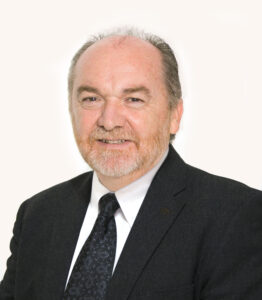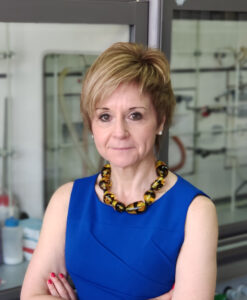The so-called “silent pandemic” is one of most relevant Global Health challenges facing humanity in the 21st century. It is a priority issue for the WHO, but it is also a prominent part of the agenda of the United Nations, the G20 or the G7. There is unanimous concern and commitment about the need to take measures to stop the proliferation of multi-resistant pathogens, and the urgent need to discover new therapeutic options to deal with this serious health threat.
Currently, small, and medium-sized enterprises (SMEs) are the main players in the fight against AMR, providing 80% of the approximately 400 active antimicrobial projects worldwide. In this session we would like to focus on reviewing the ongoing efforts and barriers to discover and develop new antibiotics to treat AMR:
– Product discovery and development pipeline including small molecules, but also new approaches and unconventional strategies that contribute to the therapeutic arsenal. Products that meet the innovation criteria described by the WHO, not cross-resistance with commercial products, new targets and new mechanisms of action
– PUSH and PULL financial incentives will be discussed, which are imperative to ensure that the industry maintains its focus on developing innovative AMR solutions. Financial incentives are needed to help both the implementation of R&D actions (PUSH) and to restore a broken value chain and market of products focused on combating AMR (PULL).

Infections by multidrug resistance bacteria is one of the most serious global health threats. The challenge demands a coordinated strategy from different approaches. Among them, the discovery and development of new antibiotics, with new targets and novel mechanisms of action, that avoid cross-resistance with marketed classes, are essential to combat this threat. The need to provide an urgent response to the lack of new antibiotics is widespread, and is part of the agenda of the WHO, UN, EC, G20 or G7, among other international organizations.
However, developing new tools to combat antimicrobial resistance is hampered by market failure; antimicrobial products have costly R&D with low return on investment, due among other reasons to short treatments and low prices. A new paradigm to incentivize and encourage new products in the space is urgently needed, considering the vision of all key players in the AMR sphere, in particular SMEs. SMEs represent the largest research in this area, they collectively hold the largest portfolio of preventive, diagnostic and therapeutic products, but most of them struggle to survive due to lack of investment in this field.
Solutions must be sought to address the market failure that is disrupting the smooth functioning of the entire AMR ecosystem. The Association for the Discovery of new antibiotics in Spain (AD-ES) and Biotech companies from Europe innovating in Anti-Microbial resistance research (BEAM Alliance) works to guarantee changes considering the reality of SMEs, which represent 80% of the global development pipeline of novel antimicrobials, thus being a very important stakeholder in preventing the silent pandemic of AMR

Since 2010, more than 20 “new antimicrobials” have been approved by the EMA and/or the FDA to address resistance problems in priority pathogens identified by the WHO. With the exception of the new beta-lactamase inhibitors and some cephalosporins, their mechanism of action is quite similar to those of their predecessors. Although from a clinical point of view they represent an advance over their predecessors and particularly solve resistance problems, there are resistance mechanisms described for all of them, which makes their long-term future uncertain.

After many years of success in the battle against infectious diseases, we are now losing ground in this fight with the worldwide increasing appearance of “superbugs”, which are resistant to most antibiotics in clinical use. Hence, there is great interest in the identification of unexplored bacterial targets as well as compounds with a new mechanism of action. Our efforts to explore the therapeutic potential of new bacterial niches and to develop compounds targeting them will be discussed.

Known targets versus novel targets, known chemical classes versus new chemical classes, and natural products versus totally synthetic molecules are still burning topics that animate discussions in the research and development of new antibiotics. These topics will be briefly addressed to then focus on some interesting ongoing developments of existing antibiotic classes either to improve safety and/or resistance aspects within the typical clinical indications for which the class was/is used, or to generate potential new drugs with new clinical indications and improved properties.
FUNDACIÓN CENTRO DE EXCELENCIA EN INVESTIGACIÓN DE MEDICAMENTOS INNOVADORES EN ANDALUCÍA
AVENIDA DEL CONOCIMIENTO 34, 18016 ARMILLA
CIF G18889444

This website uses cookies to improve your experience. We'll assume you're ok with this, but you can opt-out if you wish. Read More